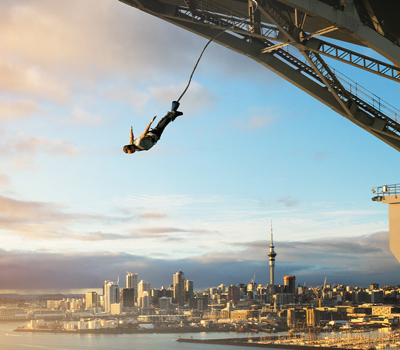-
Author
Discover Auckland
-
Last updated
Sep 2025
-
Time to read
6 mins
Aotearoa New Zealand’s national bird is as iconic as it is elusive. The flightless kiwi is a nocturnal, shy, ground-dwelling bird that is endangered and rarely seen in the wild, even by locals.
But if you’re keen to catch a glimpse of this taonga (treasure), Auckland offers several unique opportunities to see or learn about kiwi while supporting vital conservation work.
Auckland Zoo Te Whare Kararehe o Tāmaki Makaurau

Auckland Zoo Te Whare Kararehe o Tāmaki Makaurau is home to several North Island brown kiwi in a special nocturnal habitat that mimics their natural forest at night, allowing you to observe their behaviour up close during the day.
Spend some time in Te Pō (The Night) to give your eyes time to adjust to the darkness and you’ll spot the distinctive silhouette of a kiwi snuffling around and probing the soil with their long beak. Join the free keeper talk at 12.30pm each day and you’ll get to learn about this amazing species from the Zoo’s bird keepers who care for them.
By visiting the Zoo, you’re also supporting kiwi conservation work. The Zoo is leading research into the incubation parameters of kiwi eggs, and for many years has been involved in the Operation Nest Egg (ONE) hatch and release programme. To date, Auckland Zoo has hatched and released over 400 kiwi to predator-free sites in the North Island.
Social Nature Movement
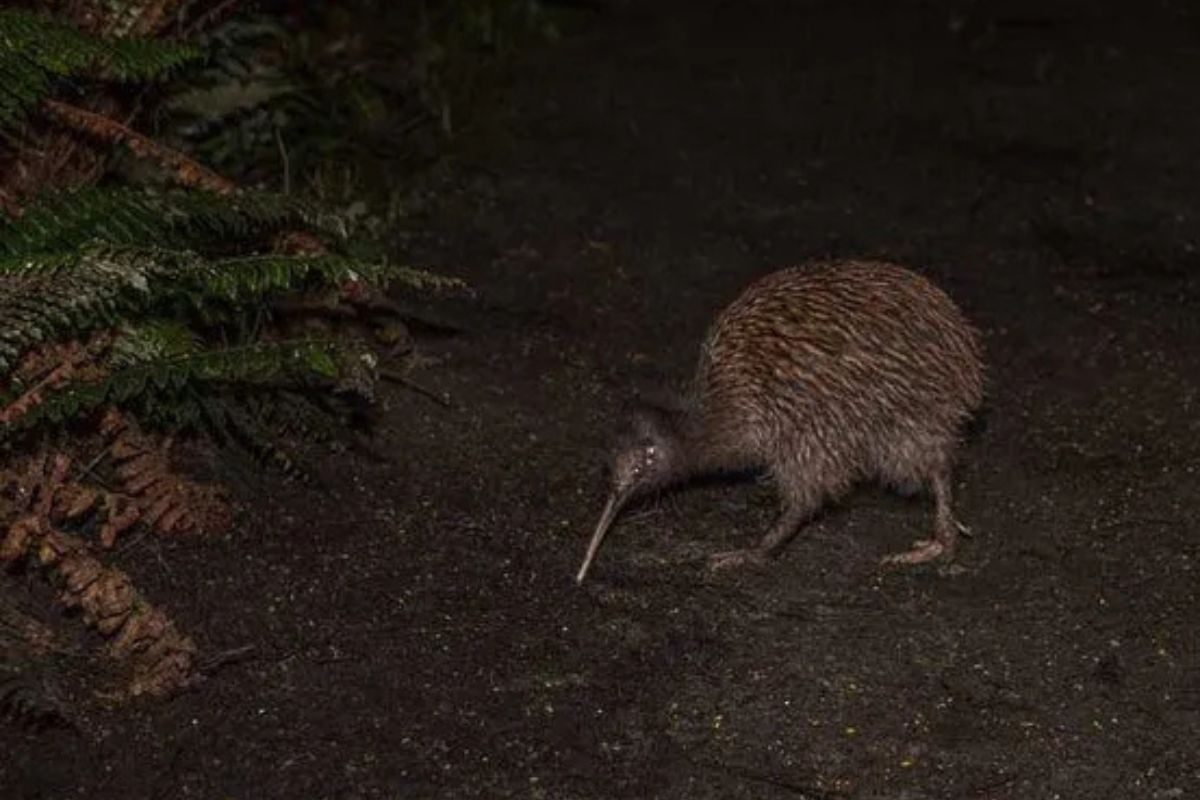
Social Nature Movement specialises in immersive nature-based tours across Auckland, with a strong environmental ethos. Their guided Stargazing and Wild Kiwi Tour runs in Tāwharanui Regional Park, with a guided night walk through the forest using red-light torches to minimise disturbance (standard white torches can disturb or disorient kiwi), tracking kiwi based on their calls and footprints.
After your kiwi spotting experience, you’ll gather under the dark skies for stargazing, free from urban light pollution, using telescopes to view the constellations.
Tāwharanui Regional Park has a large campground, located within the Tāwharanui Open Sanctuary. You can book a site to stay overnight and explore the park at your own pace. This is one of the few places in the country where wild kiwi roam freely near the coast.
While it’s best to join a knowledgeable local guide for a higher chance of success, if you carry a torch covered in red cellophane and tread very quietly in Ecology Bush, you may get lucky and spot a kiwi scratching around on the forest floor. Tāwharanui is also home to other native birds like morepork, kereru, and takahe, which can be spotted during the day.
Kiwiness Tours
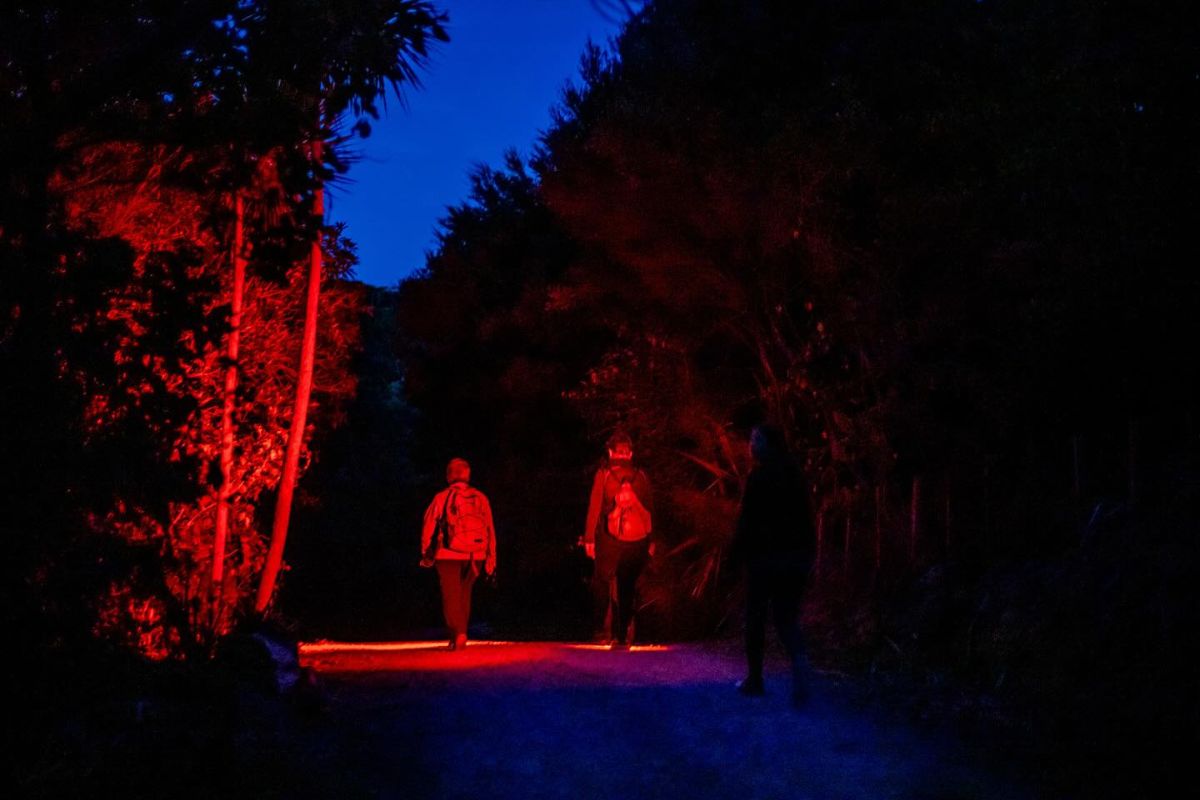
Join Kiwiness Tours for a guided evening walk through Tāwharanui Open Sanctuary. These three-hour, small-group tours begin at dusk and involve an easy 2km walk using red torchlight to seek out wild kiwi in their natural habitat.
Your guide will teach you how to recognise kiwi calls, explore native bush and spot birds, as well as many other fascinating facts about these wonderful birds. The tour includes a hot drink stop, pick-up and drop-off at Matakana and a ‘return free if no kiwi’ promise.
Rotoroa Island
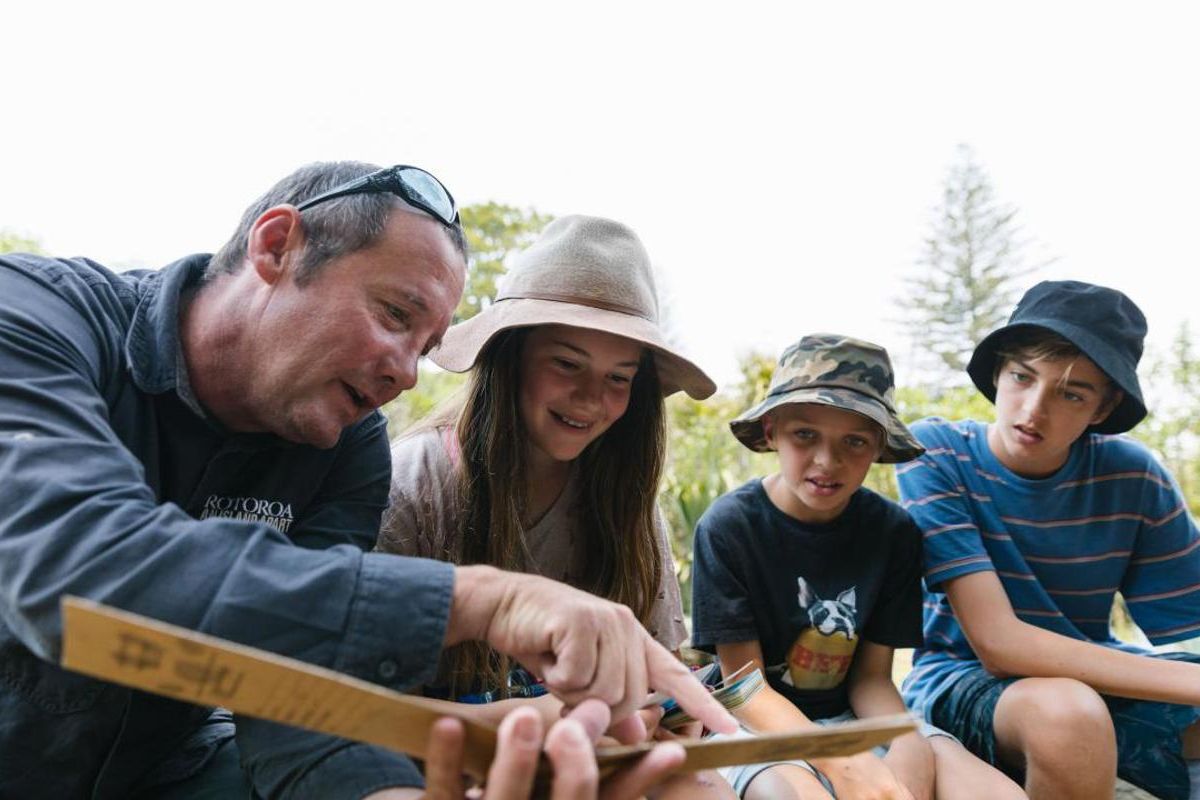
A one-hour ferry ride from downtown Auckland with Explore Group, Rotoroa Island is an 80-hectare haven for native birds thanks to years of predator control and habitat restoration. While kiwi are nocturnal and rarely seen, they live and breed on the island.
Working closely with Save the Kiwi, Rotoroa Island is a safe haven for Coromandel brown kiwi to thrive, with vulnerable chicks released on the island at just a few weeks old until they’re strong enough to protect themselves. If you’re visiting during breeding season (September to March), the public is invited to welcome the chicks as they are translocated to the island – a special and unique occasion.
To increase your chances of hearing (or spotting) a kiwi after dark, stay overnight in one of the island’s holiday homes or at The Superintendent’s House hostel accommodation; the rangers can advise which tracks might offer your best chance of spotting a kiwi.
During the day, explore walking tracks, art installations and heritage buildings that tell the story of the island’s transformation into a conservation success story. Consider joining a 90-minute scenic guided nature walk with one of the island’s rangers for some local insight.
Motuihe Island
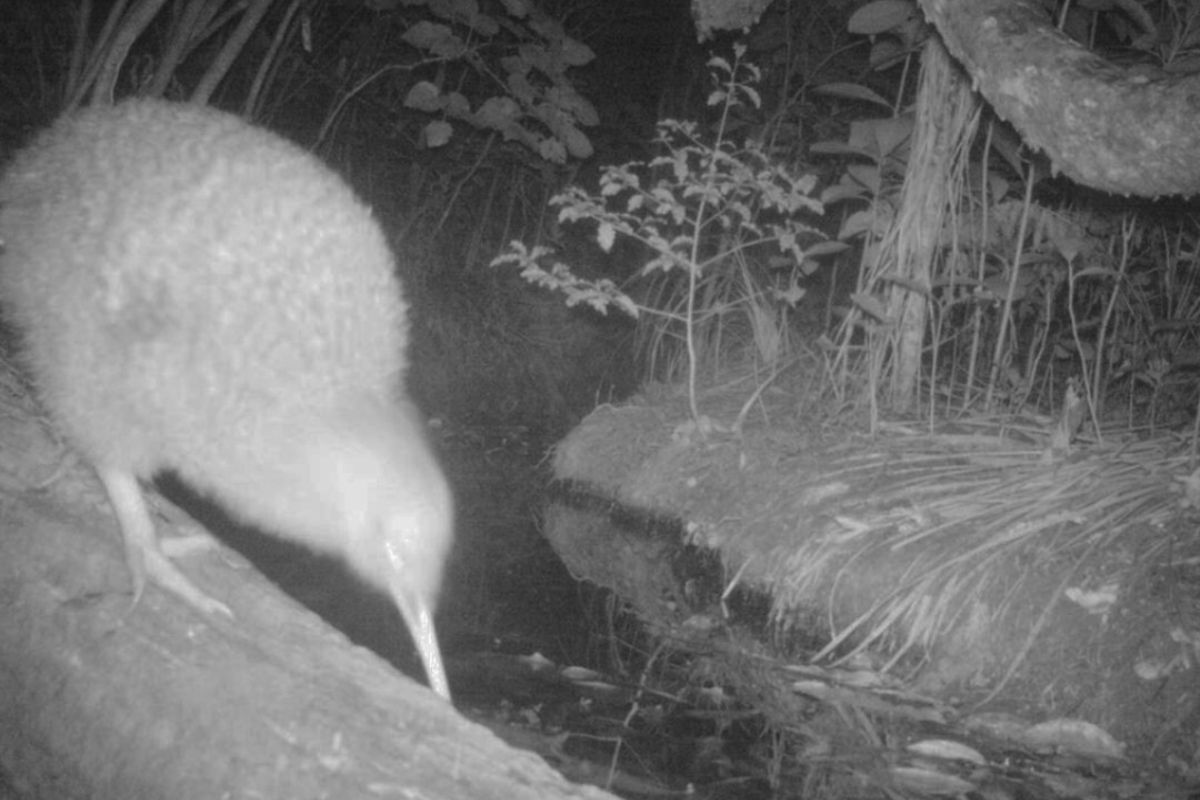
Take a Red Boats ferry from Westhaven Marina to Motuihe Island, a predator-free island in the Hauraki Gulf, known for its stunning beaches, regenerating native bush and thriving birdlife.
Thanks to extensive restoration work, the island is now free of introduced predators and is home to a small population of little spotted kiwi (kiwi pukupuku).
While you won’t see them on a walk during the day, simply knowing they’re living wild in the bush around you adds something special to your island exploration. Camping on the island is available, and if you listen carefully, you’ll hear the kiwi calls at night.
You may like to contribute to conservation efforts through joining a tree planting day, volunteering for the little spotted kiwi monitoring programme or making a donation to the Motuihe Project to support their work.
Butterfly Creek
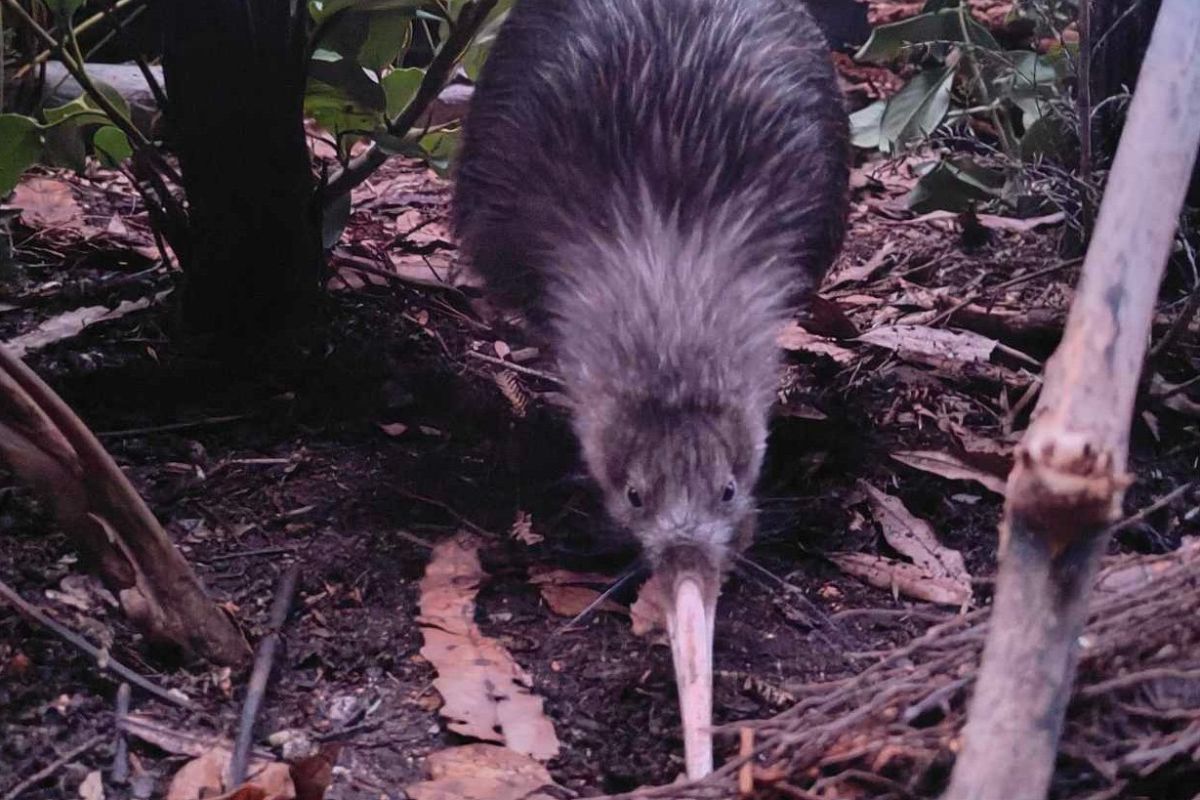
You don’t need to venture deep into the bush to encounter a kiwi. At Butterfly Creek, just five minutes from Auckland Airport, you can step into a specially designed nocturnal habitat and watch these shy national icons go about their nighttime business during the day.
Inside the Kiwi Forest, you’ll find Awatiro and Rangipō (if you keep your eyes peeled), two North Island brown kiwi living in a lush, climate-controlled environment filled with native plants and low-light conditions.
Butterfly Creek is part of the national brown kiwi recovery programme, raising young kiwi until they’re strong enough to be released into the wild. So every visit helps support the future of this endangered taonga.
Shakespear Regional Park
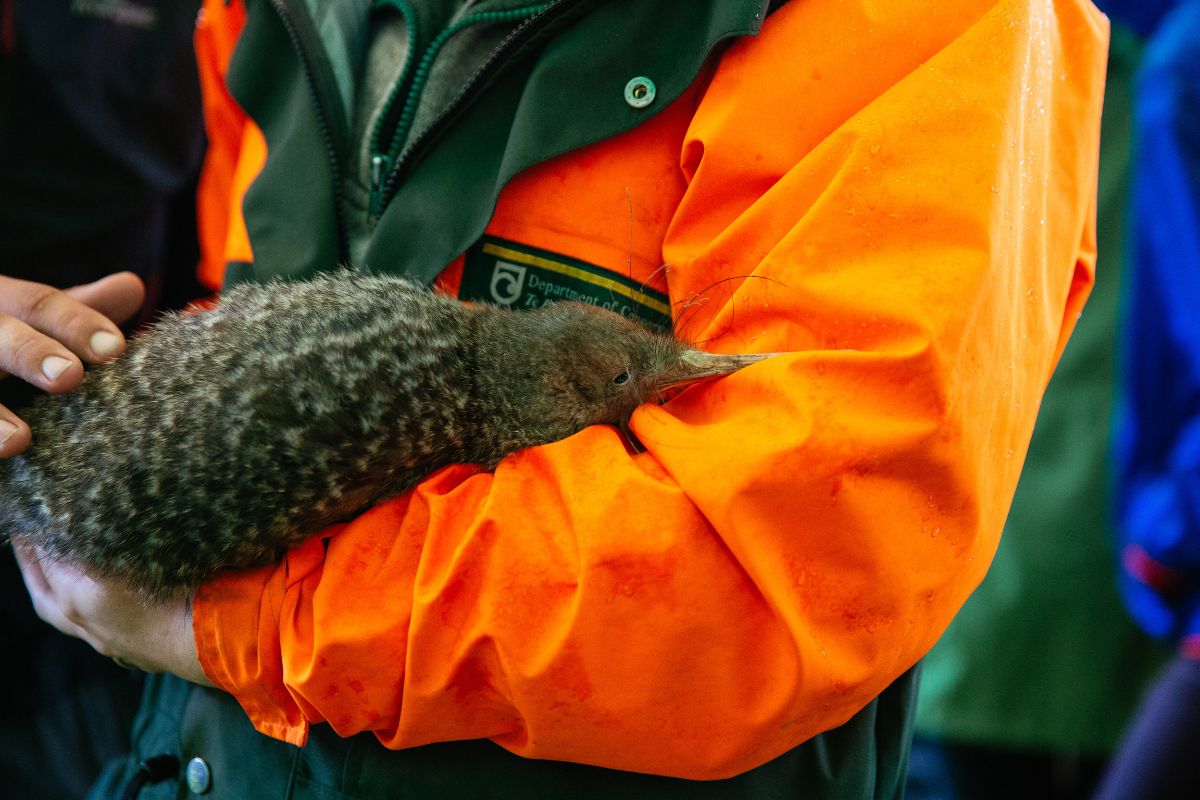
Shakespear Regional Park on the Whangaparāoa Peninsula offers a rare opportunity to see a kiwi on the North Island’s mainland. Protected within a predator-proof fence since 2011, this open sanctuary welcomed its first little spotted kiwi release in April 2017.
Now home to around 20 of these rare kiwi, Shakespear is accessible for night walks, where you can sometimes hear their soft calls near Waterfall Gully. The walk from the carpark to Waterfall Gully is short but you’ll need to be prepared for walking on the path in the dark safely.
Take a red light torch and stay quiet and still. Kiwi rely on sound and smell, so move slowly and keep noise to a minimum. And if you don’t have any luck with kiwi, keep an eye out for the glowworms near the waterfall!
